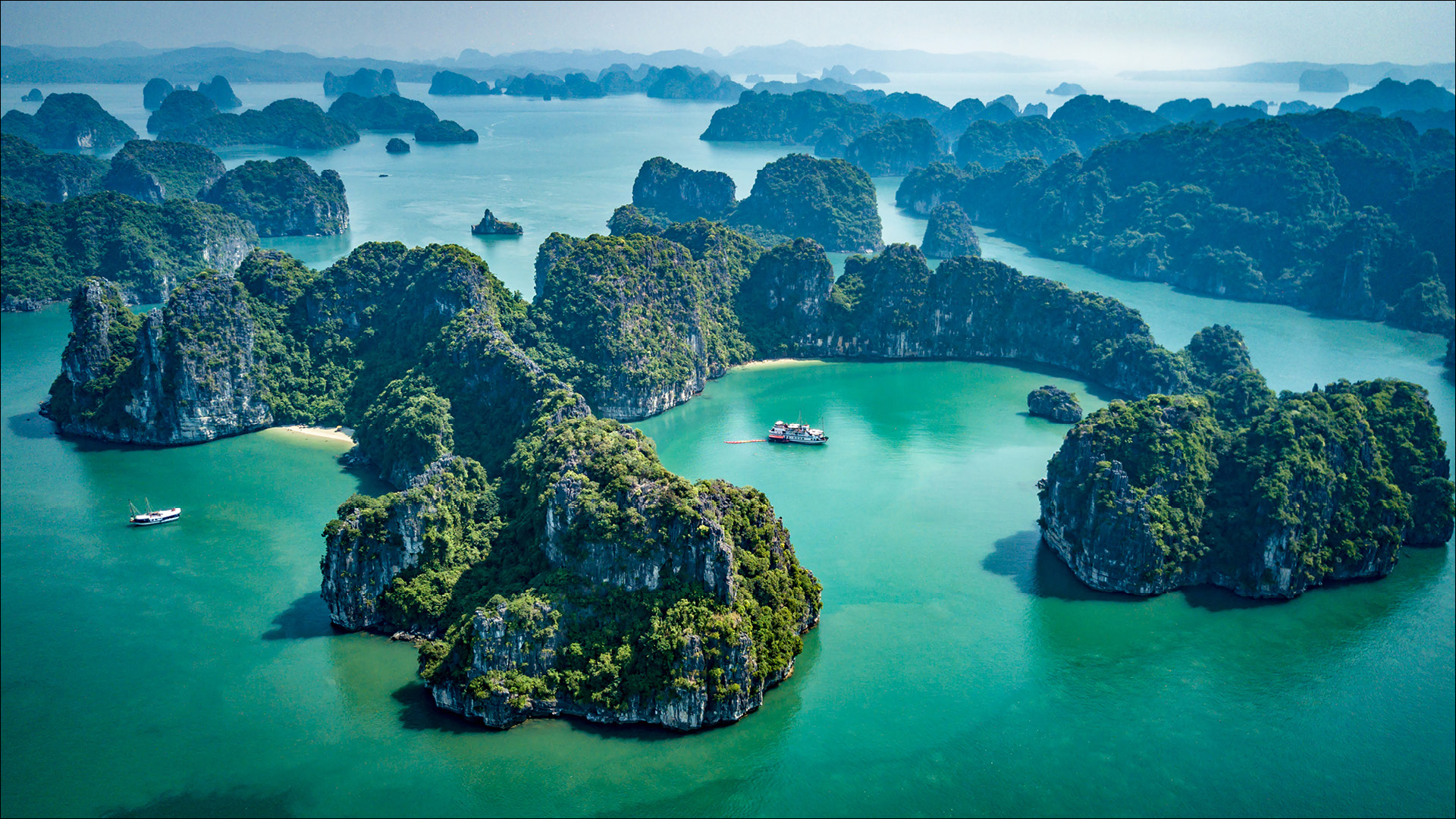Venture into Indiaʼs wild north with a trip into the tri-state Chambal River basin—once a heartland of notorious dacoits—to uncover the many secrets of this powerful, untamed land.
By SATARUPA PAUL
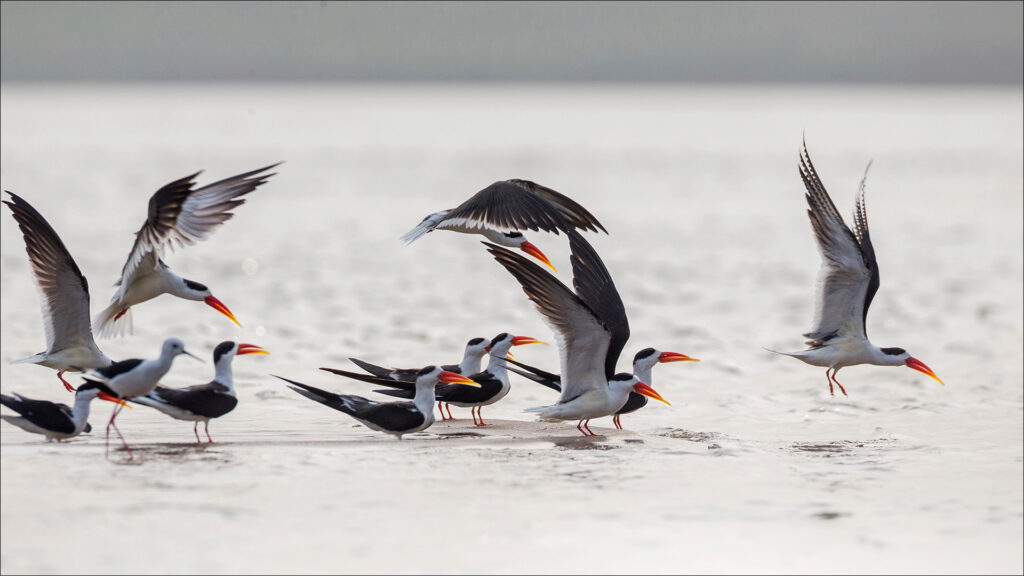
The morning sun is soft on our backs as we cruise down the tranquil waters of the Chambal River. Our eyes dart from coast to coast, even as the heart races in anticipation of catching a glimpse of the elusive gharial (a type of Indian crocodile). Barely a few minutes into the river
safari, we spot the first one! Lying motionless on a sandbar, the gharial presents an arresting sight—its long snout, studded with razor sharp
teeth, and armoured body exude a sense of restrained power. As our boat inches closer, the reptile seems unperturbed at first, but then plunges into the river with lightning fast reflexes, disappearing beneath the surface. Our disappointment at losing sight of it lasts only a few seconds as we soon spot a menacing looking marsh crocodile sunbathing on the rocky bank, its eyes shut, mouth drawn into a sinister grin of sorts. Somewhere nearby, our gharial friend resurfaces. Or is it a different one? We can’t tell. All we can do is watch in awe as it glides through the water, its body ridged with bony plates glinting in the sun, its slim tail trailing behind—a spectacular vision that sets the tone for the adventures in this largely unexplored land and erstwhile home of India’s most dreaded bandits.
The Chambal Backstory
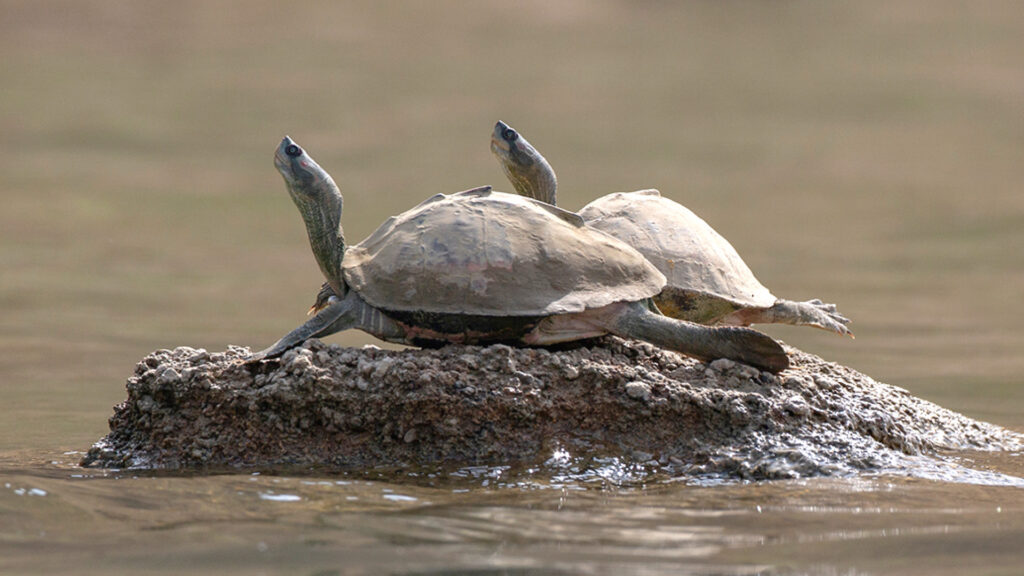
Some places reverberate with adventure. This is especially true of Chambal. An important tributary of the Yamuna River, the Chambal River originates in the Vindhya Range of Madhya Pradesh, and then flows north into southeastern Rajasthan, before joining the Yamuna in Uttar Pradesh. This makes it one of the very few rivers in India to flow from south to north. The river basin is unique, too, with a topography comprising a series of deep gorges and rocky cliffs formed over millions of years.
“Besides being a hotspot of biodiversity, the Chambal River basin boasts a rich cultural and historical heritage. The region has, over time, been ruled by the Mauryan, Gupta, Mughal, and Rajput empires, and is dotted with many ancient monuments,” says Kunal Jain, our guide, as we drive for an hour or so from Agra to the border of Madhya Pradesh and Rajasthan to embark on our much-awaited river safari.
Kunal left his high-flying corporate job to return home to Agra and give in to his passion for wildlife, history, travel, and photography—all of which he now combines in his solo travel venture, travelwith.in. Although he conducts specialised group tours at destinations across India, with a focus on ‘uncrowded getaways in India’s wilderness’, his expertise lies primarily in his own backyard—Chambal.
Bandit Land!
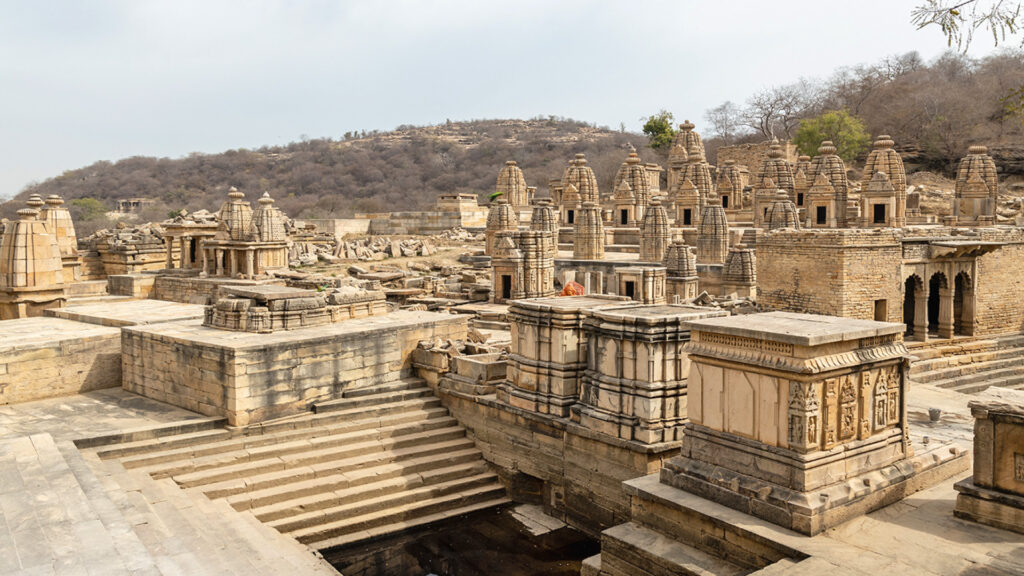
As we near the river, the countryside gives way to a rugged landscape of inhospitable ravines, once inhabited by the bandits of Chambal. Mostly active in the 1960s through the 80s, they were known for their Robin Hood-like persona, as they often claimed to be fighting for the poor and oppressed. Infamous for their sharpshooting skills and violent ways of extortion, the much-feared dacoits included the likes of Phoolan Devi, Man Singh, and Malkhan Singh.
“The Indian government launched several operations to curb their activities. Over time, the influence of the dacoits declined, and most of
them were either killed or surrendered to the authorities,” Kunal tells us. Today, the Chambal River basin is a relatively peaceful area, known for its natural beauty and ecological significance. The legacy of the Chambal dacoits, however, lives on, and the stories of their exploits have become part of the region’s folklore. And travelling through these parts of India or even simply standing on the same ground as the bandits once did, is a truly thrilling experience!
Untamed Adventures
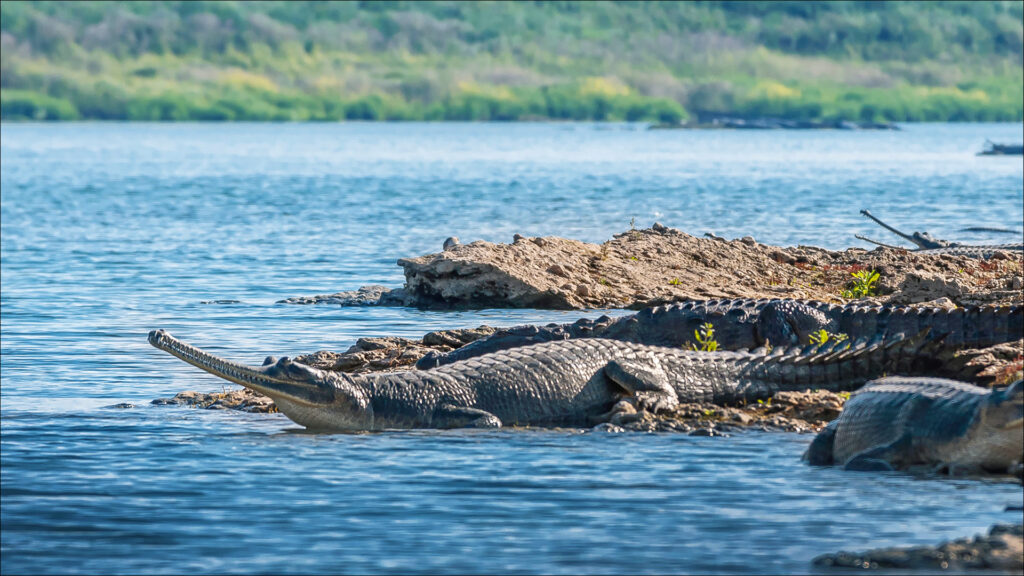
Spread over 5,400 square kilometres, including a 400 kilometre stretch of the Chambal River, the National Chambal Sanctuary was established to protect the highly endangered gharial. Since then, it has also become home to Gangetic dolphins, marsh crocodiles, eight species of turtles, many resident and migratory birds, as well as desert foxes, jackals, striped hyenas, and more. We return from the three-hour long river safari positively beaming, having spotted several of these creatures basking in the sun, a pod of dolphins that played around our boat, eliciting excited squeals from us, a couple of foxes napping in the crevices of the rocky ravines, and a mind-boggling variety of birds. As far as wildlife encounters go, this has surely been one of my most memorable.
The next day, we embark on adventures of a different kind—unearthing the rich heritage of the region through its ancient and utterly breathtaking temples. Of these, the most striking is the Bateshwar Temple complex of Morena in the Chambal basin of Madhya Pradesh. With 200 temples of varying sizes dedicated to the deities Shiva, Vishnu, and Shakti—each structure with its own unique architecture and intricate carvings—the complex is stunning. Built between the 8th and 10th centuries AD, this gem sits hidden amidst lush greenery, and we practically have the place to ourselves, except for a team of archaeologists, working on restoring the structures to their former glory.
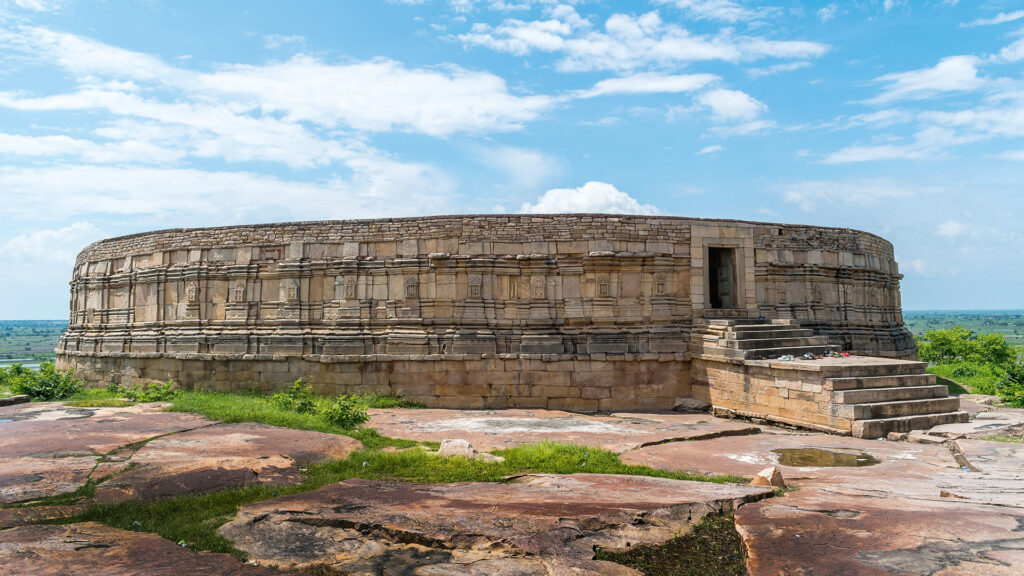
We’re exhausted by the time we drive to and walk through several other such archaeological wonders strewn across the valley. But Kunal insists we visit one last temple, requiring us to climb a steep flight of steps to a hilltop about 100 feet high! And so, we make our way up to the Mitawali Temple, huffing and puffing our lungs out. As soon as we reach the top, the temple comes into view. I see the familiar circular shape of the structure and exclaim, “But that’s our Parliament House in Delhi!” Kunal laughs as he explains that Edwin Lutyens and Herbert Baker (architects of the Rashtrapati Bhawan) were inspired by this temple, erected in the 11th century AD as a venue for astrology and mathematics education based on the transit of the sun.
Having explored the exquisite architecture of the 64-chambered Mitawali Temple, we find a spot on the hilltop to watch a spectacular sunset unfolding over the panoramic Chambal region. “And to think these treasures were lying right here all this time, barely an hour away from one of the world’s biggest wonders—the Taj!” I sigh.
Related: Discover The Culture And Heritage Of Charming Udaipur




